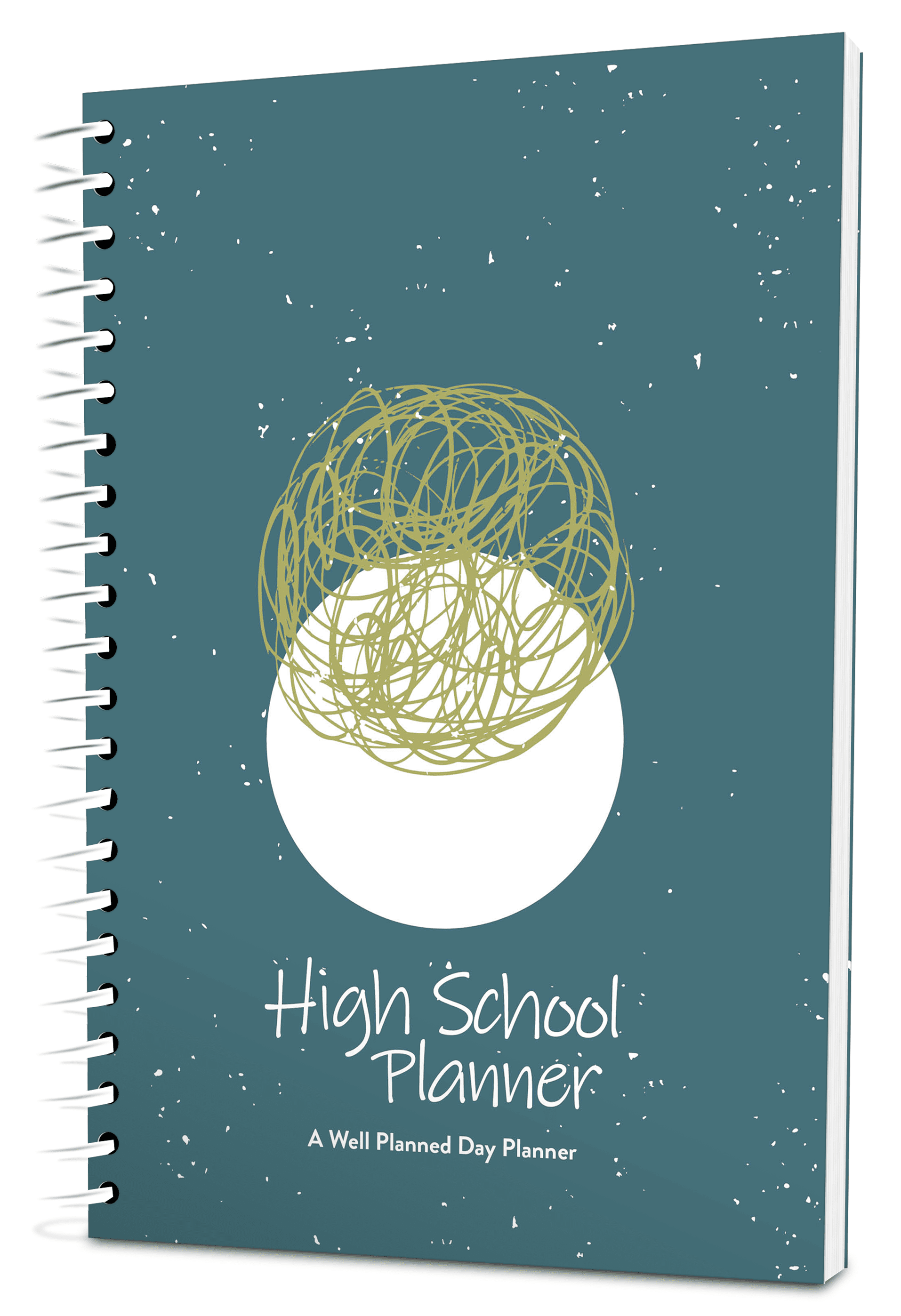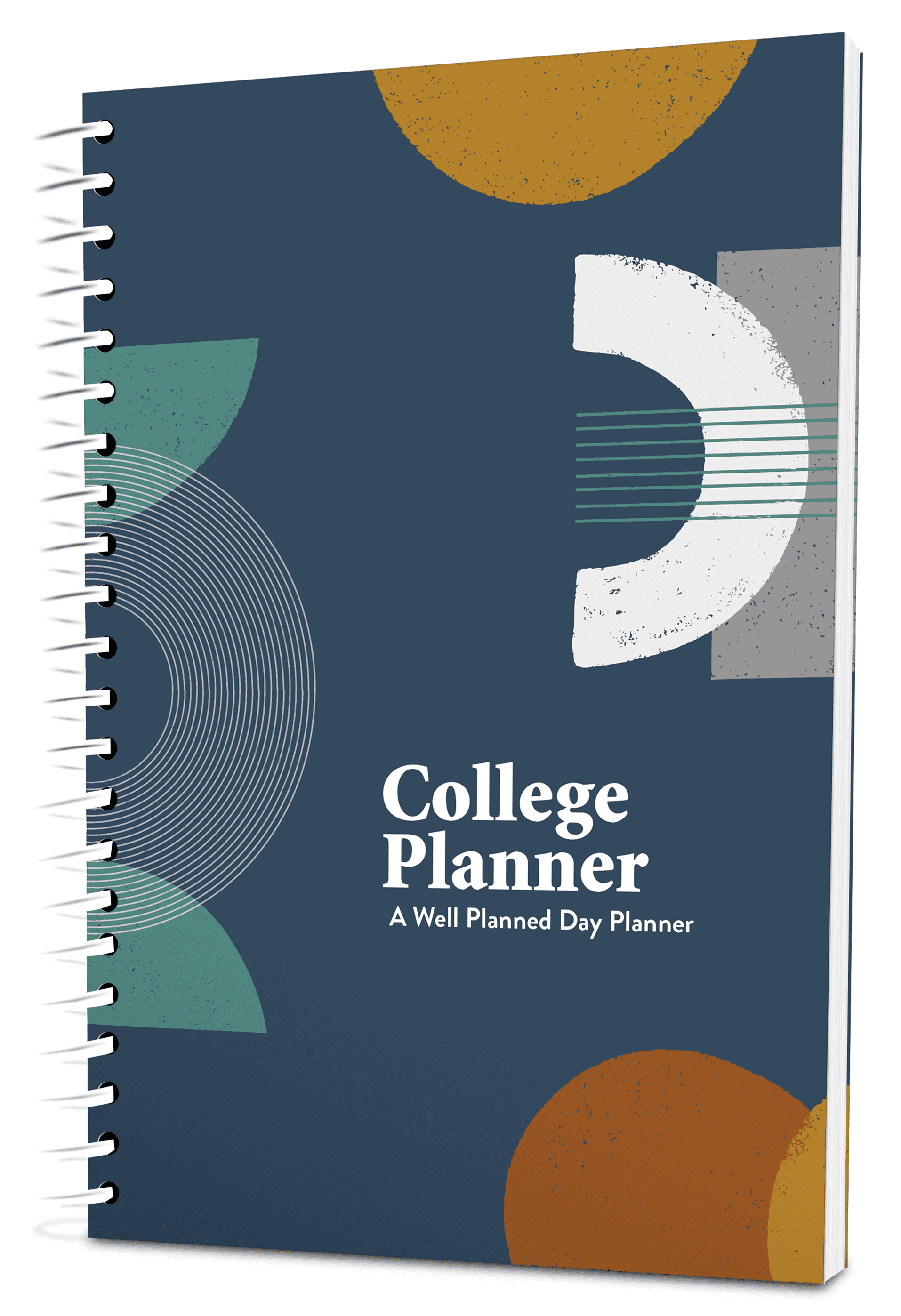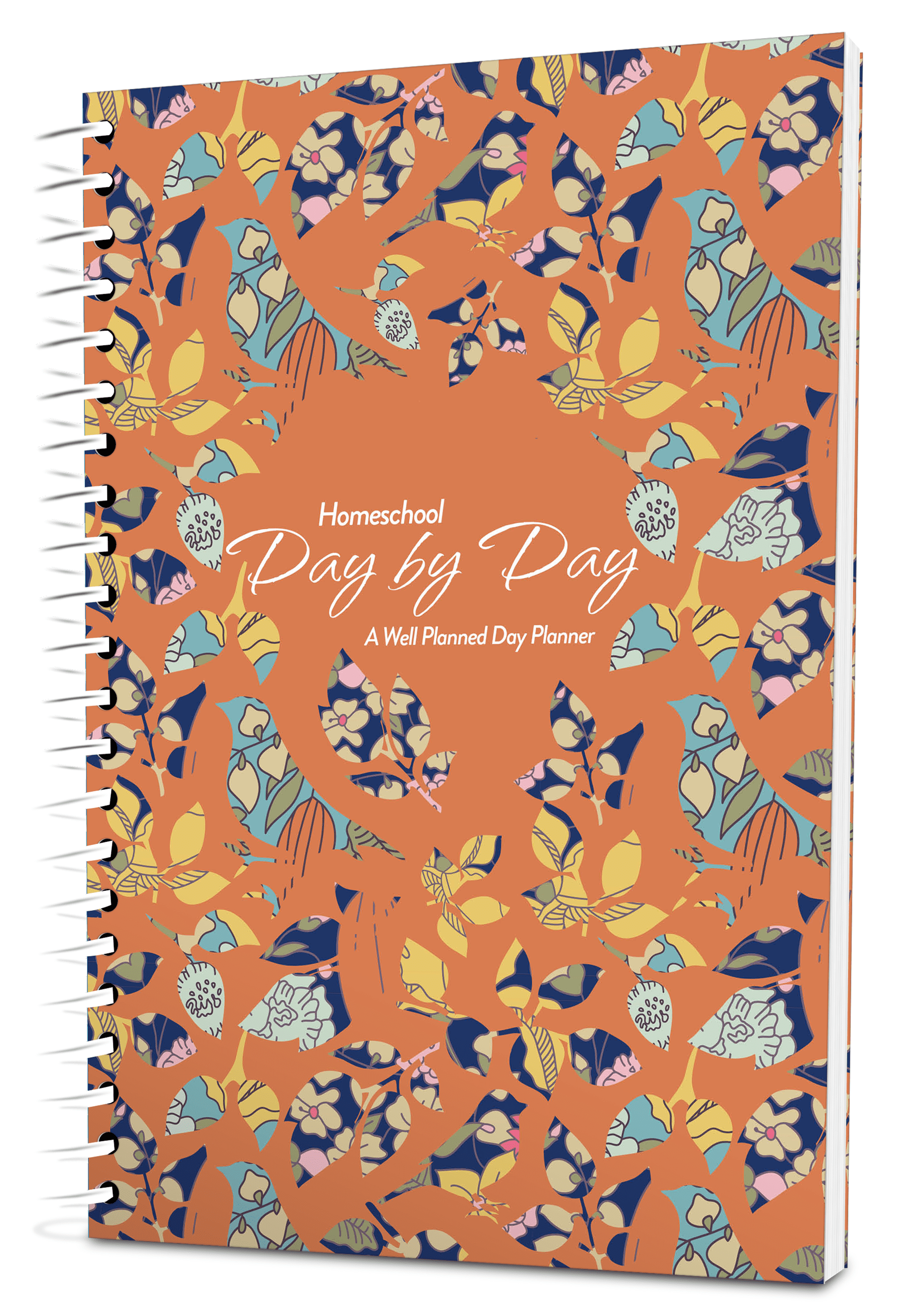Love it or hate it, math is a necessary subject in your homeschool. Unfortunately, for many of us math brings about bad memories. In many cases, a simple understanding of how a student learns can take a dreaded subject and turn it into a success.
Each of us learns differently, and experts in learning and education have divided these learning preferences into three groups called learning styles: auditory, visual, and kinesthetic. An auditory learner will learn best by listening, and usually enjoys music. A visual learner needs to see to understand. And a kinesthetic learner needs to move and interact with the learning.
By teaching math according to these learning styles, you can increase the chances of success in math for your student. So how do you know if your math curriculum will work for your student? Here are some suggestions for things to look for before purchasing a curriculum and tips for modifying a curriculum by learning style.
Auditory
Look for…
- auditory CDs for concepts like skip counting that can be memorized
- instructional videos geared toward the student
- use of stories to explain math concepts
- CD-ROMs or computer games with lots of narration and music
- opportunities for discussion
Tips for Modifying
- Write out the sequence of steps for doing a problem, then have your child read them aloud with you.
- Use lots of discussion during instructional time.
- Have your child listen to and repeat directions back to you.
- Encourage your child to read problems aloud.
- Use mnemonics and rhyming.
- If it helps rather than distracts, allow your student to listen to quiet music while studying.
- Make up songs about the concept you are studying.
Visual
Look for…
- problems that include pictures or photos to help solve them
- flash cards
- use of color coordination, but not so much color as to be distracting
- graphs and diagrams
- fact memorization strategies that involve pictures
- orderly pages with plenty of space
Tips for Modifying
- Put up posters or create a notebook with explanations for solving problems.
- Have your student write out the steps to solve a problem.
- Encourage your student to draw pictures to see the solution to the problem.
- Use highlighters to help color coordinate.
- Use graph paper to help students solve multiple-step problems, such as long division.
- Have your student take notes during instructional time.
Kinesthetic
Look for…
- use of manipulatives in solving problems
- opportunities for movement while learning such as finger plays or dramatizations
- math games
- real world applications (math in the grocery store, for example)
- colorful pages
- lap books or interactive notebooks
Tips for Modifying
- Collect and create your own manipulatives to use with your math program. Food makes a great manipulative!
- Use hands-on experiences whenever possible.
- Have your child act out problems when practical.
- Use educational computer games that require a great deal of mouse movement.
- Especially for younger learners, try several short math lessons rather than one long lesson.













